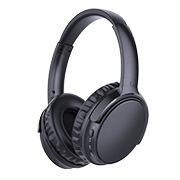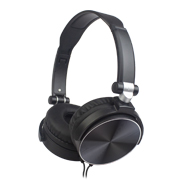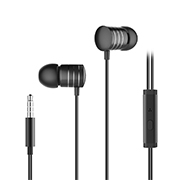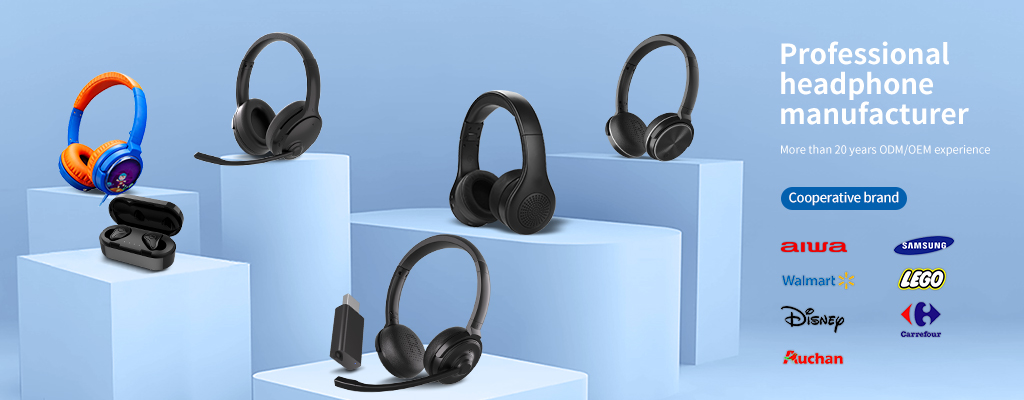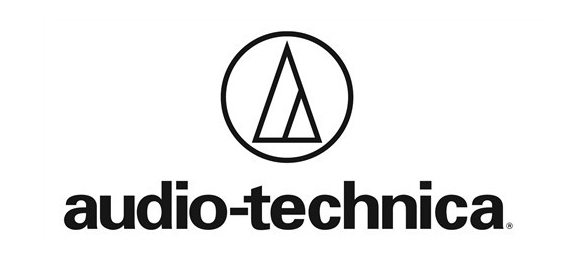
- factory address
D Building,Pioneer Park,3rd Industrial Zone Fenghuang Village, Fuyong Town,Baoan DistrictShenzhen,Guangdong,China
Quick reference glossary
You'll find a few of the following specifications on the headphones' box or on the manufacturer's Web site. Here's what they mean:
Frequency response : Frequency-response specifications in full-size loudspeakers are generally pretty useless in predicting sound quality, but headphone frequency-response numbers are even worse. Manufacturers have routinely exaggerated frequency-response figures to the point that they're irrelevant. Even the flimsiest, cheap headphones routinely boast extremely low bass-response performance --15Hz or 20Hz -- but almost always sound lightweight and bright. Generally, bass buffs will be happier sticking with larger 'phones.
Total harmonic distortion: True, headphones with lower actual total harmonic distortion (THD) will sound better than those with higher THD. But the quoted THD numbers -- "less than 1 percent" -- aren't helpful in predicting sound quality. Listen to recordings of simply recorded acoustic guitar to assess the distortion of one set of headphones versus another. Some will sound appreciably cleaner than others.
Impedance: Generally speaking, the lower the headphones' electrical impedance (aka resistance), the easier it is to get higher volume. But here again, the low impedance is no guarantee of high volume capability; other factors can still limit loudness potential. Since many MP3 players have feeble power output -- the iPod is a notable exception -- smart shoppers should check the loudness before purchasing any pair of headphones. To be sure, listen with your player


